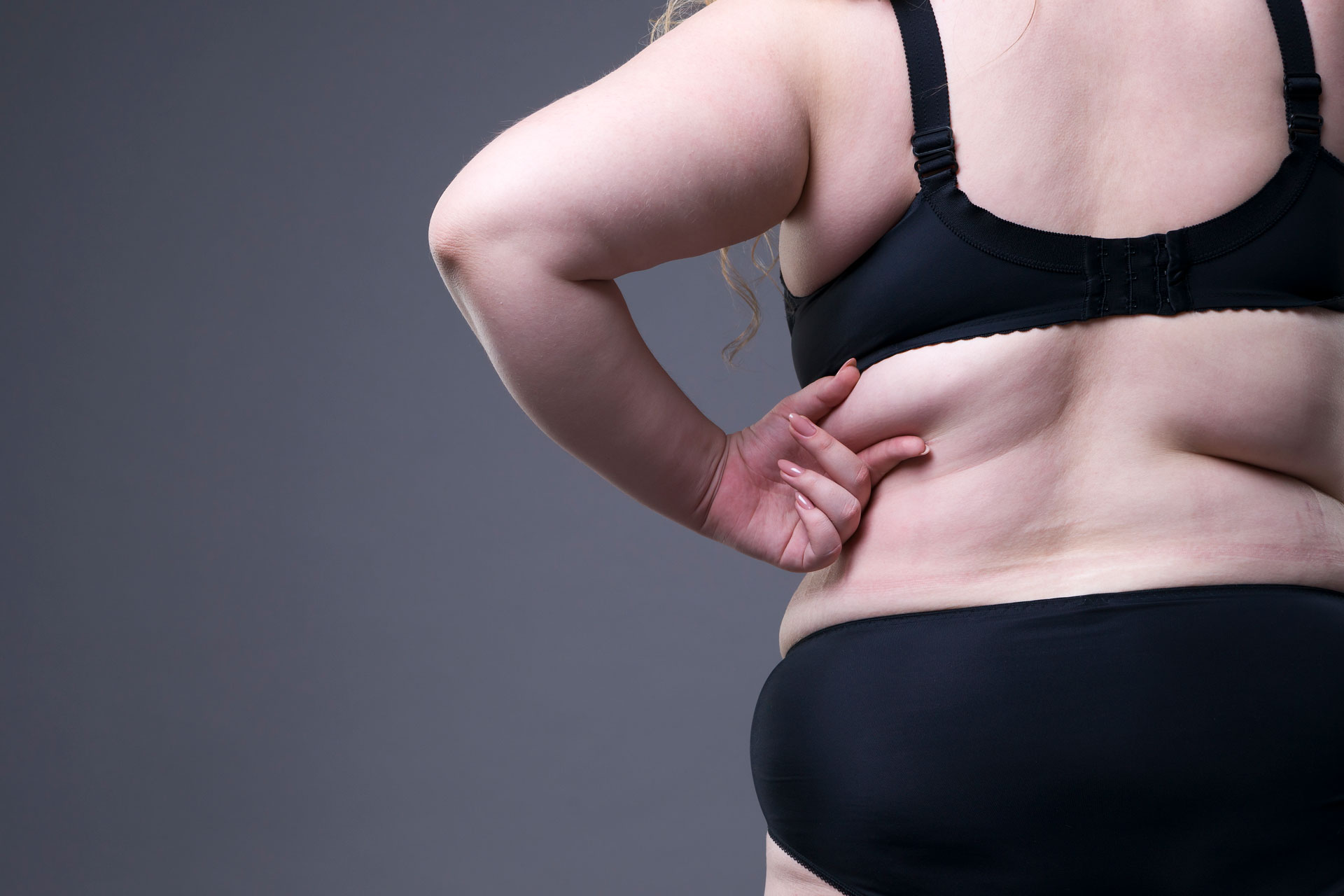THE DIFFERENCE BETWEEN LIPEDEMA AND OBESITY
SCHEDULE CONSULTATION
Share on facebook
Facebook
Share on twitter
Twitter
Share on linkedin
LinkedIn
Are you overweight or obese, or do you have lipedema? Women who struggle with being overweight may not know there is a medical condition that mimics obesity called lipedema. Lipedema in males is rare, but it is quite common in women. This disease affects millions of women, but many are misdiagnosed and told to simply change their lifestyle. Obesity traits and lipedema share the same genetic tracers and affect the lymphatic system as weight accumulates. The most significant difference between the two is that real obesity is treatable with a healthy diet and exercise. Fat accumulation due to lipedema is unaffected by such factors and only continues to get worse.
Here is a detailed look at how lipedema and obesity differ and how women with lipedema can get help from Beverly Hills lipedema specialist Dr. Jaime Schwartz.
Life with lipedemaMillions of women are living with lipedema, and 87% of them agree that lipedema negatively impacts their quality of life. For decades, the misdiagnosis of this disease as only a weight issue left many with no viable treatment options. Today, educating women about the early signs of lipedema is vital in stopping its progression to where symptoms can become painful, even physically debilitating. Centers like Total Lipedema Care (TLC) in Beverly Hills, CA, are dedicated to helping women fight this disease. TLC was founded by Dr. Jaime Schwartz, a board-certified plastic surgeon and renowned lipedema specialist. Lipedema and obesity may appear to be similar, but they are quite different if you know what to look for.
Signs of lipedemaOverweight women and women with lipedema share a common problem — fighting the numbers on the scale. Both issues cause an accumulation of excessive fatty tissue, but how and where it forms can be quite different. Early signs of lipedema begin with women noticing fat developing on the legs or thighs with less focus on their midsection. Lipedema is an excessive fluid buildup seen in the hips, legs, thighs, and buttocks. In rare cases, some women also show signs of lipedema in their upper arms.
The fat itself is also different. Fat accumulation associated with being overweight is smooth with a rubbery texture. Lipedema fat is marble-like, knotty, or feels like little pearls to the touch. Lipedema specialists like Dr. Schwartz will specifically look for certain lipedema traits, such as location and composition.
Overweight but fit
The main difference between being overweight and having lipedema is that obesity is treatable with regular exercise and a healthy diet, but lipedema fat is not affected by those two elements. Target areas where women begin to notice the fatty fluid buildup, particularly the lower extremities, are unaffected by calorie restriction or regular exercise. It is quite common for women in the early stages of lipedema to be overweight but fit, leaving them to feel frustrated that what they are doing is not working, which can cause depression or a lack of interest in maintaining a healthy lifestyle. Liposuction is currently the only surgical answer for lipedema. Nonnsurgical treatments during the early stages of the condition include compression garments and therapeutic options such as massage therapy and water aerobics. Liposuction can surgically break up restrictive fluid and help women feel better about how they look, which can help motivate them to take the necessary steps to live a quality life with this disease.
Treatment for lipedemaWomen struggling with being overweight can alter their lifestyle with diet and exercise to lose weight. Women with lipedema have to look at other ways to treat their condition and stop it from advancing. If left untreated, lipedema develops into later stages (III and IV) where patients may endure painful, consistent swelling and severe inflammation. Excess fatty fluid increases, becoming more substantial and more cumbersome, and may cause immobility. It can lead to circulation issues and lymphatic problems, even becoming life-threatening.
Currently, the only manageable treatment for lipedema is lymphatic-sparing liposuction with a qualified, experienced plastic surgeon like Dr. Schwartz. Compression garments and other therapeutic options are available, especially for women in the earlier stages. Liposuction can reduce fatty buildup to keep it manageable at any stage, therefore allowing women to stay active so they can fight the symptoms that come with this disease.Women who are experiencing an abnormal amount of fatty buildup, particularly in their lower extremities or upper arms, should seek expert advice and get a confirmed diagnosis from a lipedema specialist like Dr. Schwartz. Educating women in the early stages of lipedema is essential, so eating healthy and exercising continues while getting other forms of treatment like liposuction as well.
Contact Total Lipedema Care today
Dr. Jaime Schwartz is a board-certified plastic surgeon, as well as a highly knowledgeable lipedema specialist. Total Lipedema Care, the dedicated lipedema center in his private surgical practice in Beverly Hills, CA, offers patients the support and lipedema treatment they need. Emotional support, therapy options, and surgical help with liposuction can give patients a better quality of life. Getting the right diagnosis is important, so if you are concerned you may have lipedema, we encourage you to schedule a consultation with Dr. Schwartz today.

